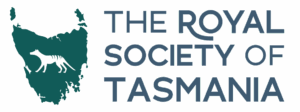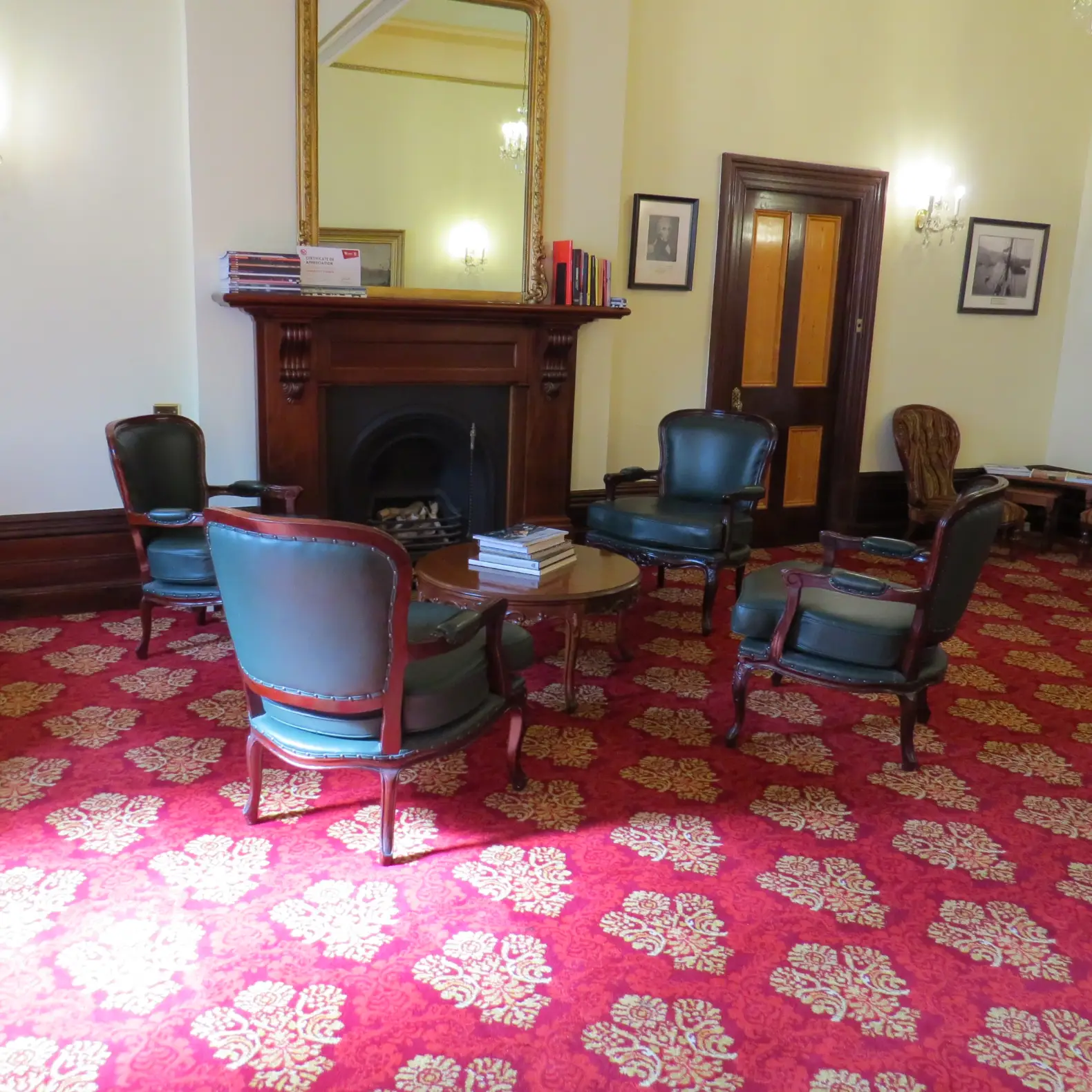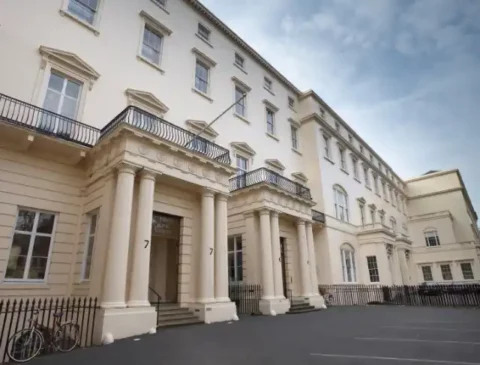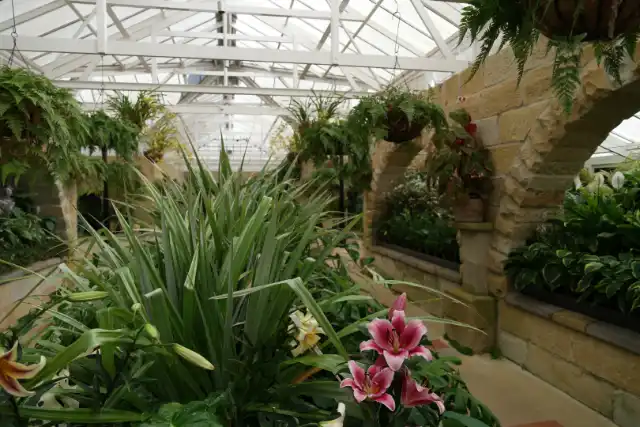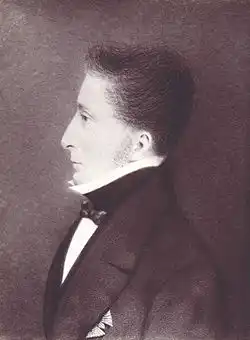Drawing its inspiration from the illustrious original Royal Society founded in London in 1660, the Royal Society of Tasmania is one of the oldest royal societies outside the United Kingdom, having had a continuing existence since 1843.
The membership of the Royal Society of Tasmania is open to all and members, coming from many walks of life, have a variety of interests. We value the opportunity to meet, hear and talk to specialists with knowledge beyond our individual fields of interest.
The priorities of the Society are addressed through lecture programs, panel discussions, symposia, excursions, publications (including the peer reviewed annual journal “Papers and Proceedings of the Royal Society of Tasmania”), and our library. Eminent scholars are recognised through various awards and bursaries.

